Memoria e Identità
Laura Cavazzini is Full Professor of Art History of the Middle Ages at the University of Trento. She graduated in Art History at the University of Siena in 1991, with a dissertation on the Florentine sculptor Niccolò di Pietro Lamberti (supervisor Luciano Bellosi). In 1997 she defended her Ph.D. dissertation on Jacopino da Tradate and sculpture in early 15th century Milan, at the Scuola Normale Superiore in Pisa (supervisor Enrico Castelnuovo). Since 2007 she has been a member of the editorial staff of the journal “Prospettiva”. Her work mainly focusses on topics from Northern Italian Gothic sculpture and architecture, to Florentine sculpture and painting in the Late Middle Ages and Renaissance, as well as the re-use of medieval sculpture in the Modern Period. She has taken part in numerous international conferences and has published many articles and essays in collected volumes on these subjects, as well as her book, Il crepuscolo della scultura medievale in Lombardia (Firenze 2004).

Laura Cavazzini, Coordinator
Research Unit: Università degli Studi di Trento
Clario Di Fabio is Full Professor of Art History of the Middle Ages at the University of Genoa, the city where he was born in 1955, and has in the past been director of several museums (Palazzo Bianco, Museo di Sant'Agostino, Museo del Tesoro della Cattedrale). His work is mainly devoted to Genoese, Italian, European and Mediterranean sculpture, painting, architecture and sumptuous arts of the 12th - 15th centuries, with, however, a particular focus on the sculpture of the late 13th and early 14th centuries (Nicola and Giovanni Pisano, Arnolfo di Cambio, Marco Romano). In conjunction with this work, he has carried out research on the recovery and reuse of medieval artifacts in the Modern Period and the problems related to the restoration of medieval Genoese buildings in the 19th and 20th centuries. He is a member of the Istituto Nazionale di Archeologia e Storia dell’Arte, the Comitato Scientifico dell’Associazione Italiana Storici dell’Arte Medievale, as well as the editorial boards of a number of specialised journals (RIASA, Convivium). He was also director of the five-volume series Genova e l’Europa, published between 2001 and 2005. He has supervised several exhibitions, dealing not only with medieval subjects, and has a great interest in the painting and sculpture of the Neoclassical Age, especially the work of Canova, Mengs and Maron.
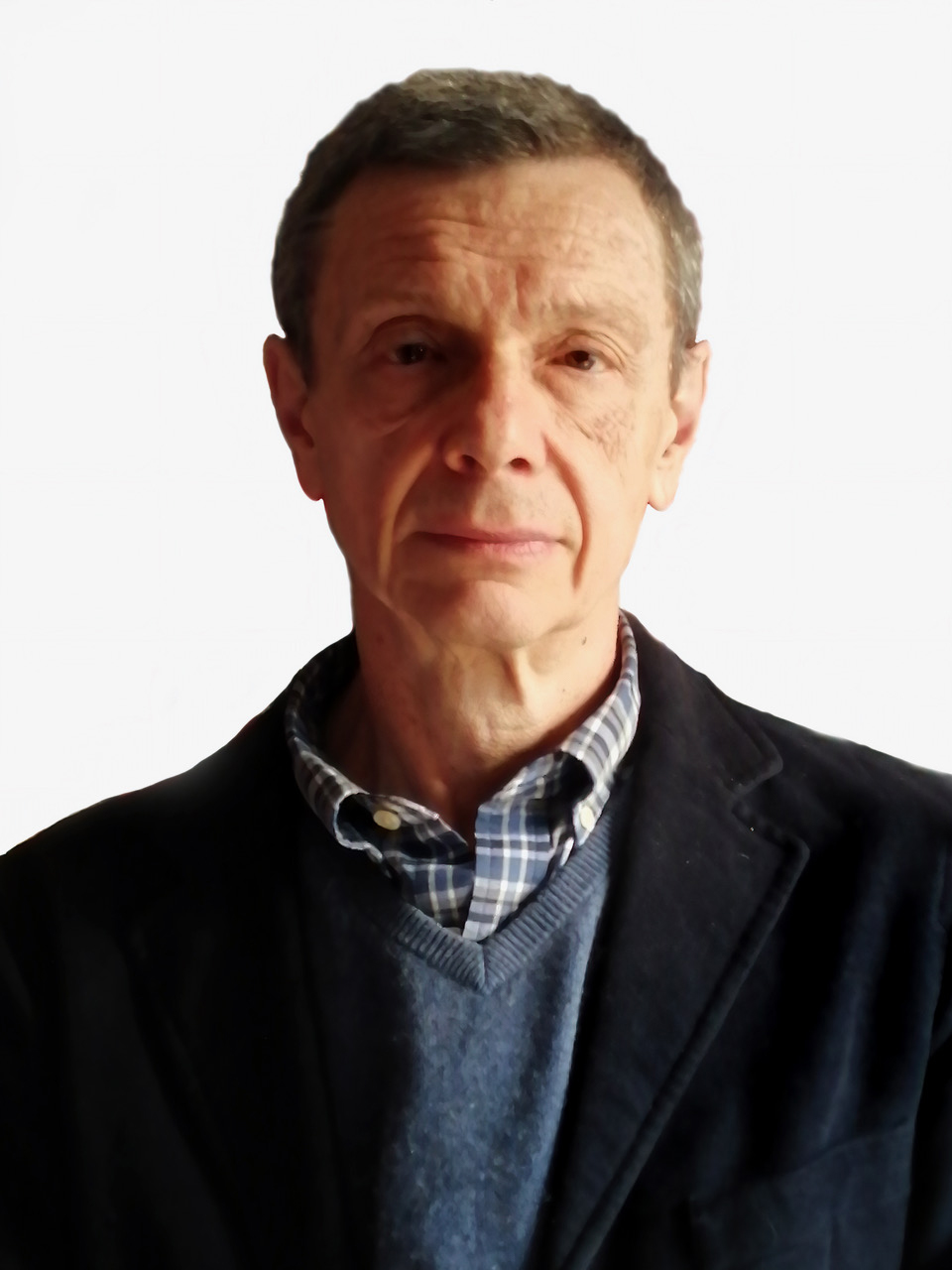
Clario Di Fabio, Coordinator
Research Unit: Università degli Studi di Genova
Paola Vitolo is Associate Professor at the University Federico II in Naples (formerly based at the University of Catania from 2010-2017), and is coordinator of the Naples unit within the MemId project as well as co-director of The Medieval Kingdom of Sicily Image Database project (https://kos.aahvs.duke.edu/). She received her Ph.D. in 2007 with a dissertation on the Incoronata in Naples and the patronage of Queen Joanna I of Naples (La chiesa della Regina. Giovanna I d'Angiò, l'Incoronata di Napoli e Roberto di Oderisio, Roma, Viella, 2008). She has been awarded numerous fellowships and research travel grants from various institutions, including the Bibliotheca Hertziana (Max-Planck-Gesellschaf für Kunstgeschichte), Rome; The Warburg Institute, London; the Deutscher Akademischer Austauschdienst (DAAD) at the Universität der Künste, Berlin. Her research has been published in specialised journals and has been presented at conferences and seminars both in Italy and abroad. Her field of specialisation is medieval art and patronage in the Angevin and Aragonese Kingdom of Sicily, with a special emphasis on the reuse and reinterpretation of medieval works of art in subsequent centuries. Her research questions include the relationship between late medieval European courts; the monuments and symbols of the visual and architectural representation of power; female patronage; the social status of medieval artists; and the organisation of medieval workshops. Her research is based on the analysis of textual and figurative documentation, including the study of historic images of monuments and cities.
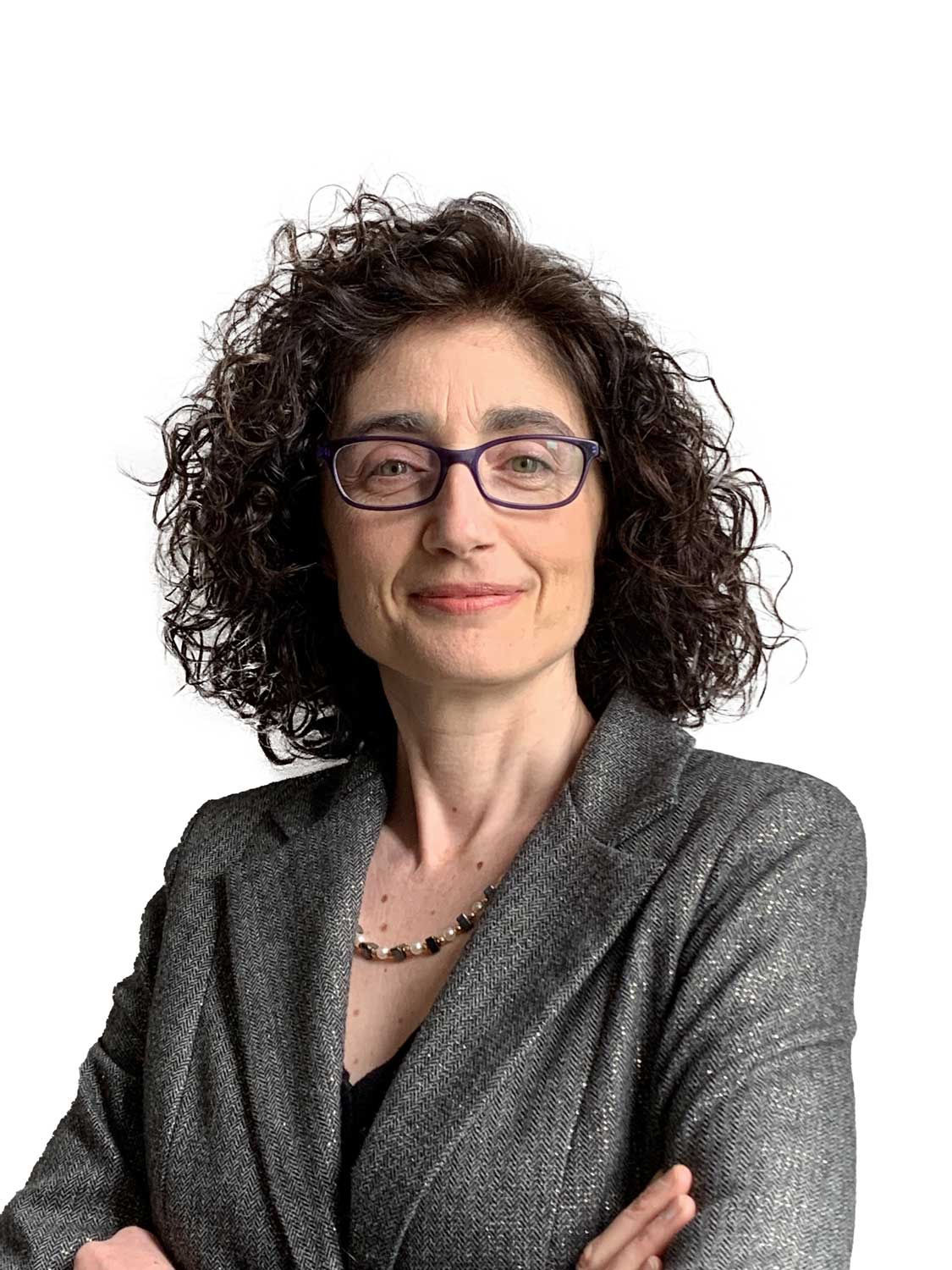
Paola Vitolo, Coordinator
Research Unit: Università degli Studi di Napoli Federico II
Gianluca Ameri is Associate Professor of History of Medieval Art at the University of Genoa. A former Postdoc-Stipendiat at the Kunsthistorisches Institut in Florence, he was a Researcher at the University of Genoa from 2012 to 2017. His research focuses on the history of applied arts, patronage and collectionism, Italian Gothic sculpture, as well as the circulation, use and display of art objects and their cultural meaning. He is particularly interested in artistic production in medieval Genoa and has published the book Luca Fieschi: Cardinale, Collezionista, Mecenate (1300-1336) (2011), Lo specchio del Principe. I beni preziosi e il collezionismo di Leonello d'Este (2017). In 2021 he organised the exhibition Dante e la Liguria. Manoscritti e immagini del Medioevo (2021).

Gianluca Ameri, Unit member
Research Unit: Università degli Studi di Genova
Alessandra Galizzi Kroegel, Ph.D. in the History of Art (The John Hopkins University, Baltimore), is Adjunct Professor at the Università di Trento, where she teaches Museology and History of Art Criticism. Her primary field of interest and research is Italian Renaissance painting, with a particular emphasis on Marian iconography. One of her most important studies on this subject concerned the Dispute over the Immaculate Conception by Guillaume de Marcillat (1529), and developed into an exhibition at the Gemäldegalerie in Berlin, which she co-curated with Roberto Contini ("AVE EVA. Ein wiederentdecktes Hauptwerk des Renaissance Meister Guillaume de Marcillat", 8 December 2013- 13 May 2014). Recently, in collaboration with Stefanie Paulmichl, she conceived and co-curated the exhibition "ANNA, la madre di Maria. Culto e iconografia nel Tirolo storico" (Trent, Museo Diocesano Tridentino, 1 October-10 December 2021). Her second field of research and publication is Museum Studies: she is particularly interested in museum architecture and refurbishment, and in the development of the presentation of artworks over the last two centuries, both in Italy and Germany.
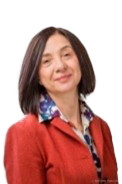
Alessandra Galizzi Kroegel, Unit member
Research Unit: Università degli Studi di Trento
Aldo Galli is Full Professor of Art History of the Renaissance at the University of Trento. He graduated in Art History at the University of Siena in 1991, with a dissertation on the Florentine terracotta sculptor Michele da Firenze. In 1998 he defended his Ph.D. dissertation on Bertolino de Grossi and painting in Parma in the 15th century. He is part of the editorial staff of the journals “Prospettiva” and “Studi Trentini di Scienze Storiche” and is a member of the scientific board of the “Fondazione Federico Zeri” (Università di Bologna). His work mainly focusses on Renaissance painting and sculpture in Tuscany, Liguria, Emilia, Lombardy and Veneto. On these topics, he has published many articles and essays as well as the books I Pollaiolo (2005) and Lorenzo Ghiberti (2005). He has contributed to several exhibitions, including Mantegna (Paris, Louvre, 2008-2009); Da Jacopo della Quercia a Donatello. Le arti a Siena nel primo Rinascimento (Siena, Santa Maria della Scala, 2010); La Primavera del Rinascimento (Florence, Palazzo Strozzi and Paris, Louvre, 2013-2014); Le Dame dei Pollaiolo (Milano, Museo Poldi Pezzoli, 2014-2015); Viaggi e incontri di un artista dimenticato. Il Rinascimento di Francesco Verla (Trento, Museo Diocesano 2017).
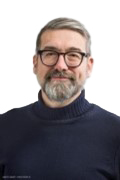
Aldo Galli, Unit member
Research Unit: Università degli Studi di Trento
Fabio Mangone is Full Professor in the History of Architecture and Coordinator of the Doctoral Program in Architecture at the Federico II University of Naples, Department of Architecture, as well as the former Director of the Interdepartmental Research Centre for the Project Archive. A specialist in the field of Architectural and Environmental Heritage, he has gained qualified consultancy experience for public and private institutions on historical buildings and centres and on archaeological sites and has coordinated research activities in the field of the recovery of environmental heritage, landscapes, and architectural heritage, especially in Scandinavia, Campania and Puglia. He has published numerous monographs and essays in leading journals, and he regularly contributes to numerous journals as well as overseeing the publication of specialist book series. In addition to the history of modern and contemporary art, urban history and cultural heritage, landscape and city history, he also deals with 19th and 20th century European architecture.
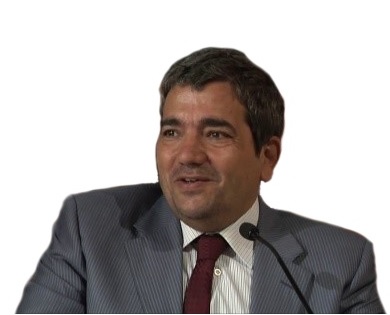
Fabio Mangone, Unit member
Research Unit: Università degli Studi di Napoli Federico II
Associate Professor at the Department of Architecture at the Federico II University of Naples, Alessandra Pagliano teaches Applications of Descriptive Geometry, Advanced Representation Techniques, and Tools and Methods for Digital Drawing. She also gives courses in landscape representation as part of the RISCAPE Master’s. Her research focuses on giving new life to the bond between geometry and a number of specialised disciplines, which today seem distant, such as gnomonics, art and perspective illusions, theatrical and urban scenography and landscape design, to which the ancient treatises on perspective dedicated entire chapters, as possible fields of application and experimentation of projective processes. She has published widely on the topics of theatrical scenography and the illusory use of perspective and has also created numerous installations on anamorphosis, aimed at examining the effects of direct involvement by the observer. The immersive and interactive effect of these perspective spaces has also been applied to degraded urban environments, according to the most recent techniques of urban acupuncture and tactical urbanism through contemporary art installations, with a grassroots, participatory and low cost approach. She is also actively involved in the study and restoration of ancient sundials and the spread of the millenary gnomonic culture, which is in the process of being lost. The organiser of exhibitions at the Mann, the Certosa di San Martino and the Royal Hunting Lodge of Carditello, she deals with the survey of cultural heritage, using digital photogrammetry, and enhancement using Augmented and Virtual Reality.

Alessandra Pagliano, Unit member
Research Unit: Università degli Studi di Napoli Federico II
Class of ’92, Greta Attademo is graduated with honors and Ph.D candidate in Architecture at the University of Naples Federico II. She is a member of the Department of Architecture DiArc, where she is Adjunct Professor of "Applications of Descriptive Geometry and Automatic Drawing" (ICAR/17) for the Bachelor degree in Architectural Science. She actively participates to research in the field of architectural drawing and representation with publications in journals and conference proceedings, lectures in international and national conferences, organization of seminars and exhibitions. She carries out experimentation in the application of ICT for the valorisation of cultural heritage, with the development of research and projects in Virtual Reality, Augmented Reality, Gamification and Cultural Games. She has skills in surveying, representation and solid modelling and in the use of CAD & BIM, 3D & Rendering, Virtual Production, Graphics & Editing software.
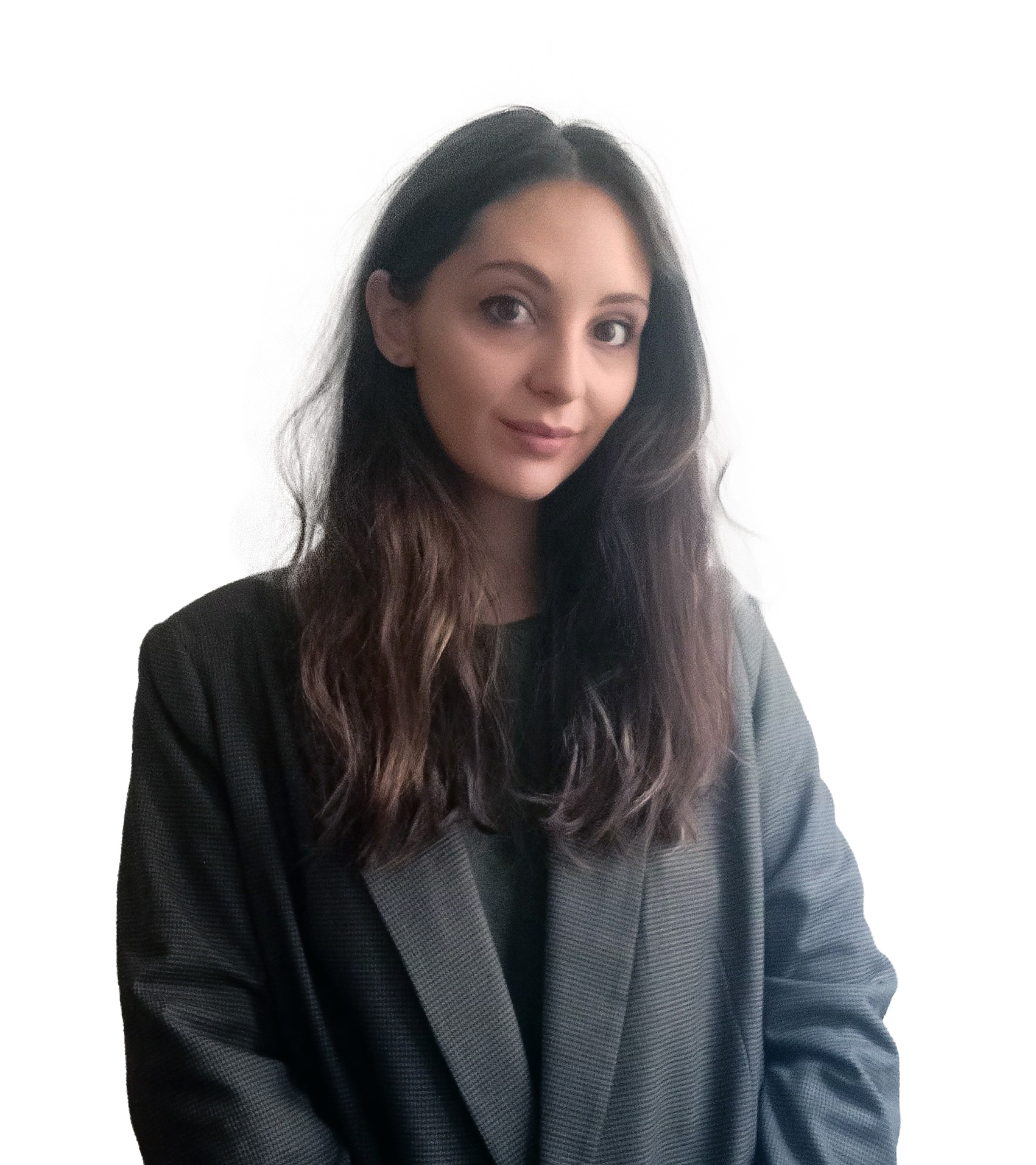
Greta Attademo, Post-doc fellow
Research Unit: Università degli Studi di Genova
Cristina Conti completed her MA at the University of Rome “Tor Vergata”, where she was awarded her Ph.D. with a thesis dedicated to Pellegrino da Modena in Raphael’s workshop. In 2018, along with Maria Beltramini, she edited the volume Antonio da Sangallo il Giovane: Architettura e decorazione da Leone X a Paolo III (Officina Libraria). Cristina has several scientific publications, collaborations in exhibition catalogues, and international conferences to her name. She is a member of the research team for the project La storia architettonica, decorativa e residenziale cinquecentesca di Palazzo Venezia (Istituto Autonomo Vittoriano e Palazzo Venezia) led by Barbara Agosti. Currently, Cristina Conti is Adjunct Professor of History of Art at the University of Rome “Tor Vergata” and post-doc research fellow at the University of Trento as part of the project The Fortune of Medieval Sculpture in Rome in the Modern Age, led by Laura Cavazzini and funded by FISR 2019.
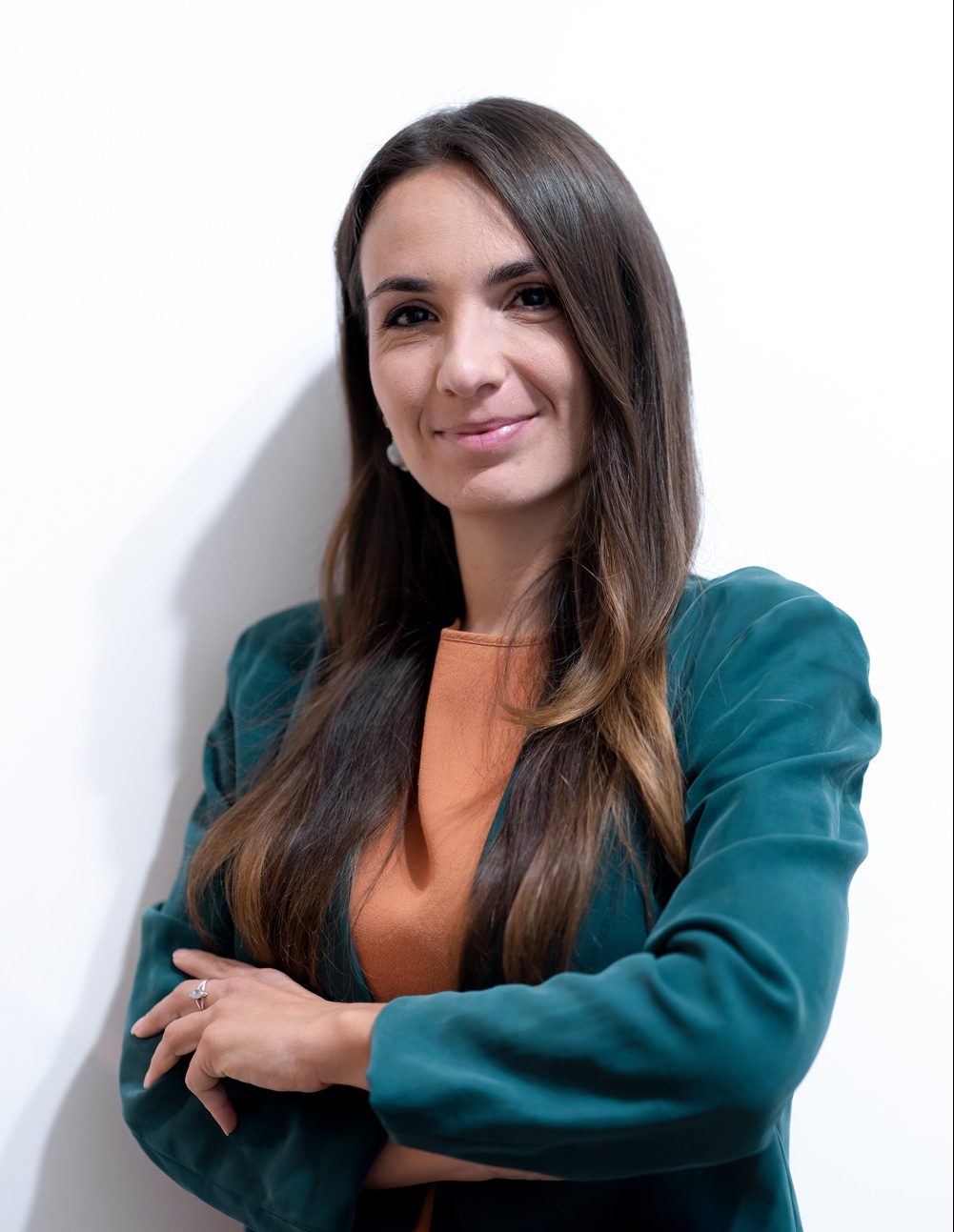
Cristina Conti, Post-doc fellow
Research Unit: Università degli Studi di Trento
Aurora Corio has studied in both Genoa and Florence. She was awarded her Ph.D. for a dissertation on Medieval sculpture that focused on the 13th century Lombard-Lucchese sculptor Guido Bigarelli, which she carried out at Genoa University, where she also held a number of lectures and workshops on medieval art and sculpture. Her recent publications and conference speeches have primarily focused on the work and career of Guido Bigarelli between Pistoia and the Cathedral of Lucca, in addition to Lombard sculpture in western Tuscany. She has examined issues connected with the reuse and recontextualising of Romanesque sculpture, focusing on the case studies of the pulpit of San Bartolomeo in Pantano in Pistoia and the façade of San Michele in Foro in Lucca. Her main field of research is 12th and 13th century Tuscan Romanesque sculpture. As part of the MemId project she will concentrate on examples of the reuse and remodelling of Romanesque pulpits in Tuscany during the Modern period. .
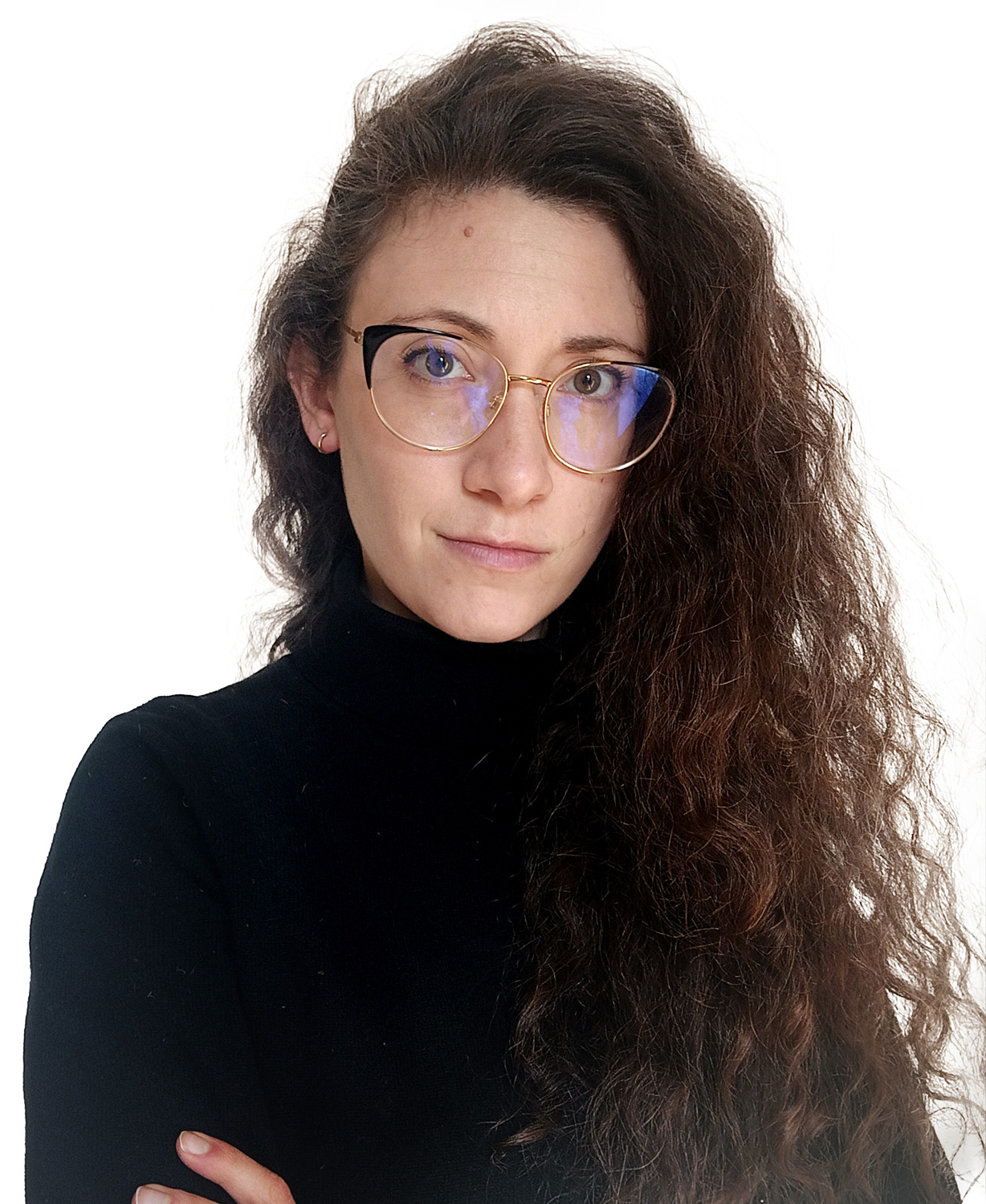
Aurora Corio, Post-doc fellow
Research Unit: Università degli Studi di Genova
Antonella Dentamaro is currently a research fellow on the MemId project in the Department of Architecture at the University of Naples “Federico II”. Following a Bachelor’s Degree in Cultural Heritage, she attended the School for Archival Studies, Palaeography and Diplomatic Sources at the State Archive of Naples (2007-2009). In 2011 Antonella was awarded a Master’s Degree in Modern Art History from the Faculty of Humanities at the University of Naples “Federico II”, with a thesis that focused on the Lombard sculptor Jacopo della Pila. In 2015 she obtained her Ph.D. from the same University with a dissertation on Renaissance sculpted eucharistic tabernacles in Campania, and she subsequently worked as post-doctoral fellow in collaboration with the High Technology District for Cultural Heritage (DATABENC; 2017-2019). As part of the Fondazione Memofonte project, she edited and co-edited the online critical transcription of a number of manuscripts as well as some of the print editions of historical guides to Naples. Between 2016 to 2020 Antonella collaborated with the editing team of the Dizionario Biografico degli Italiani at the Institute of the Italian Encyclopedia “Giovanni Treccani” in Rome. Her research interests and her publications centre on the Late Middle Ages and Renaissance in Southern Italy, with a special focus on the history of Neapolitan sculpture.
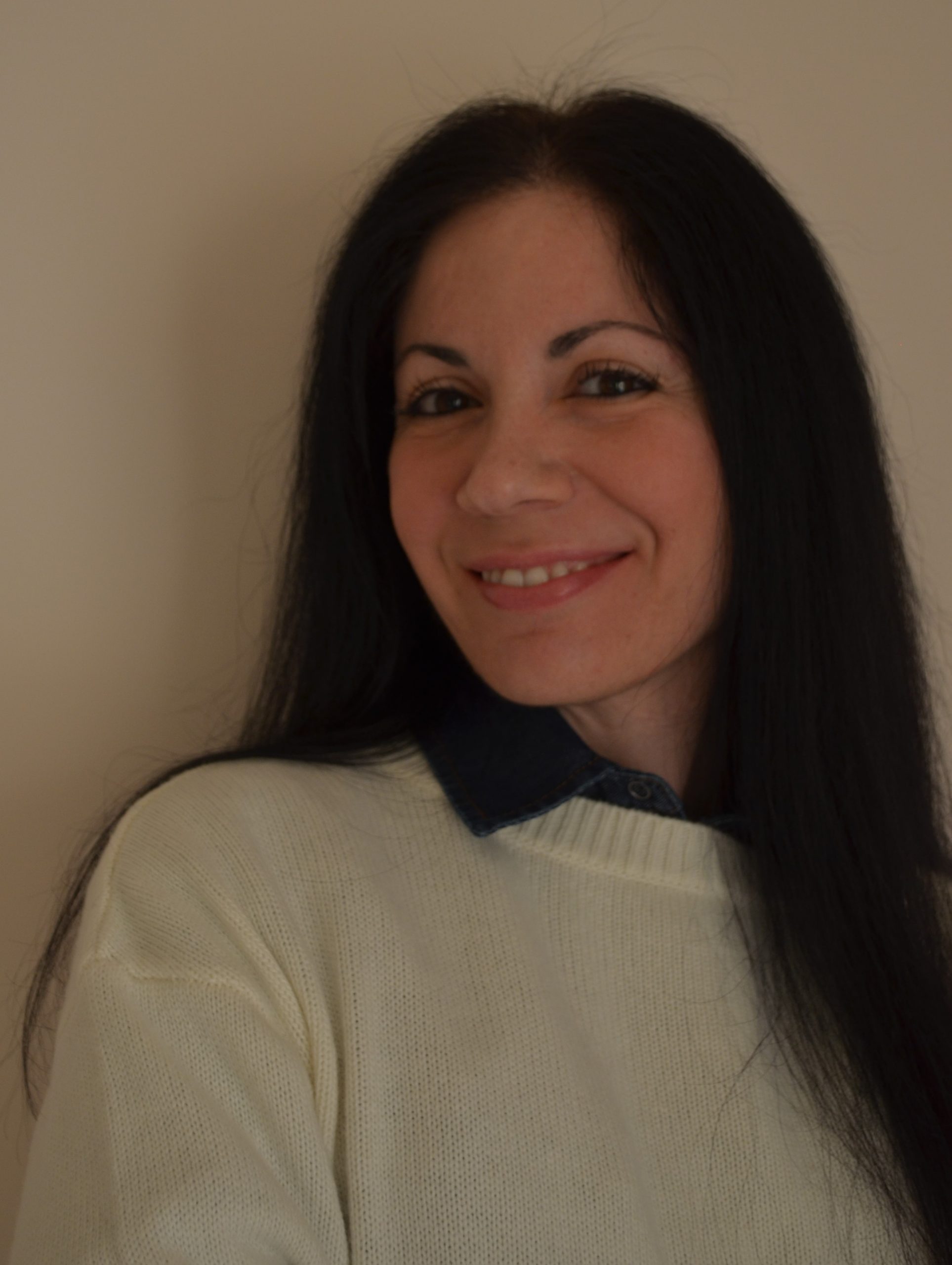
Antonella Dentamaro, Post-doc fellow
Research Unit: Università degli Studi di Napoli Federico II
Francesca Girelli has a Ph.D. in the History of Medieval Art from the University of Genoa. Her thesis focused on the 14th century Pisan sculptor Giovanni di Balduccio. Her work experience includes interning at the Museo di Sant’Agostino and the Gabinetto dei Disegni e Stampe di Palazzo Rosso in Genoa, Musée des Augustins in Toulouse, and the Institut National d’Histoire de l’Art in Paris. She has participated in the organisation of conferences and exhibitions and has also led both workshops and seminars at the University of Genoa. She was recently awarded a scholarship for a cross-border project between France and Italy to study Romanesque architecture in Liguria. Her main fields of research are French Romanesque wooden sculpture and Italian Gothic sculpture in Tuscany and Lombardy during the 13th and 14th centuries. She has authored a number of essays in collected volumes, catalogue entries and several papers dedicated to these subjects in national and international journals including Paragone, Bollettino d’Arte and the Sculpture Journal. As part of the MemId project she will investigate the phenomena of the reuse, rearrangement and collecting of medieval sculpture in Genoa during the Modern Period, from the 15th to the 19th centuries.
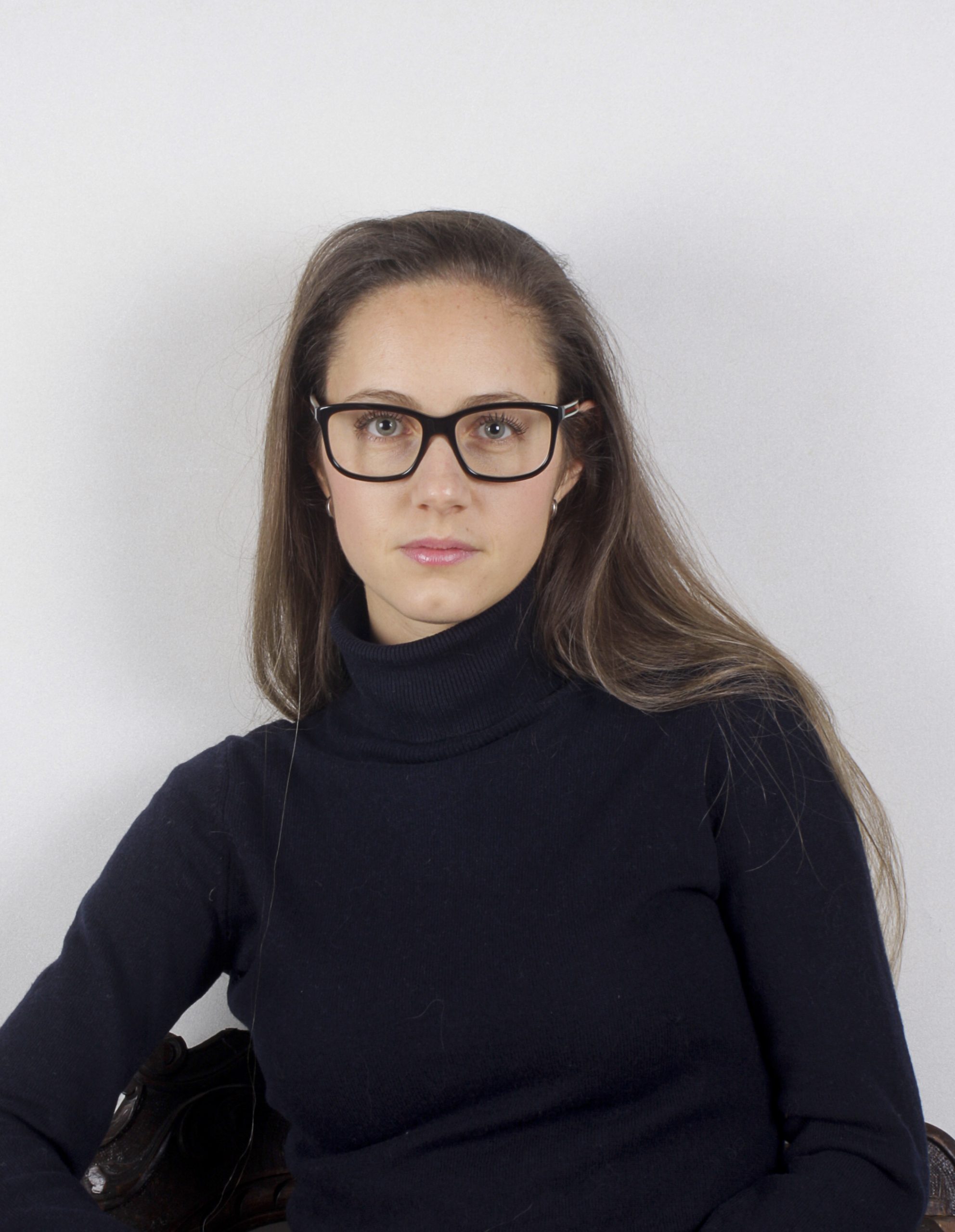
Francesca Girelli, Post-doc fellow
Research Unit: Università degli Studi di Genova
Santina Novelli studied at the universities of Bologna (Master’s Degree in Art, Music and Performing Arts) and Siena (Postgraduate Diploma in Art History) in Italy before obtaining her Ph.D. in Arts at the University of Lausanne in Switzerland. She has previously worked on two research projects that focused on the artistic and cultural production of Lombardy: as a Ph.D. student at the University of Lausanne, she participated in an interdisciplinary project funded by the Swiss National Science Foundation (involving research units of the universities of Lausanne, Geneva, Zurich and of the École Polytechnique Fédérale de Lausanne) carrying out a study on late medieval Lombard pictorial production and its patronage; while as a post-doc at the Catholic University of Milan she worked in a research unit aimed at the virtual reconstruction of the residential complex of the “signoria viscontea” in the centre of Milan in the 14th century (project funded by the Lombardy Region and the European Regional Development Fund). She is the author of a book on painting and patronage in medieval Lombardy between the 13th and 14th centuries and of articles/essays dealing with different aspects of Italian artistic production, with a particular focus on the Medieval Period.
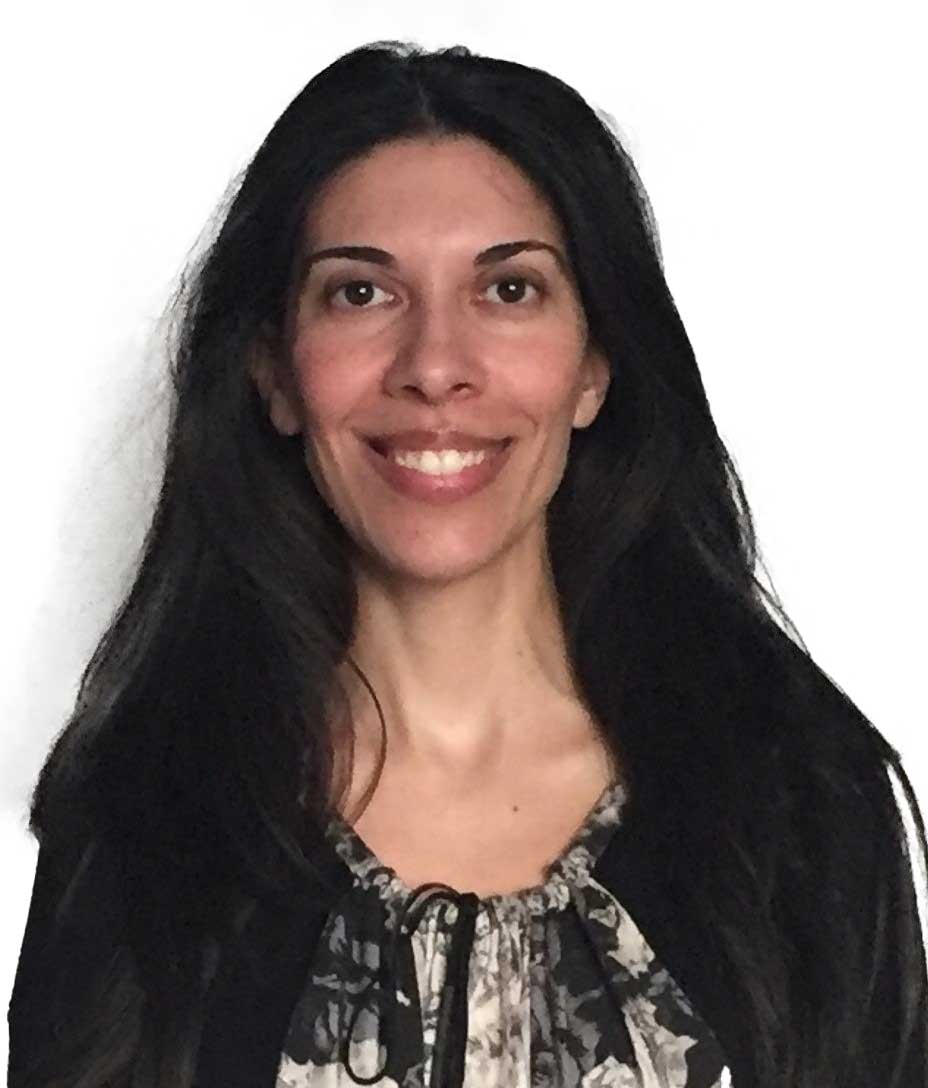
Santina Novelli, Post-doc fellow
Research Unit: Università degli Studi di Trento
Margherita studied in Genoa and Lausanne and was awarded her Ph.d. in Arts for a dissertation that examined the fourteenth-century frescoes of the Camposanto in Pisa. She has worked for UNESCO as project assistant on a number of projects, including “Digitizing our shared UNESCO History”. Her work experience also includes interning at the Museo di Sant’Agostino in Genova; at the Musée du Louvre and the Musée National du Moyen-Âge de Cluny in Paris. She subsequently worked as a collaborator with Opera Primaziale Pisana, taking part in the project that involved the triage and identification of the fresco fragments collected after the fire of the Camposanto in 1944. Following this project, she worked with a Milan based company to develop a virtual reconstruction of the lost Assumption of the Virgin by Stefano Fiorentino and a mobile application dedicated to this lost masterpiece. Her recent publications and conference papers have primally been focused on various subjects related to the frescoes of the Camposanto, such as the patrons that commissioned them as well as technical and material issues. As part of the MemId project she will investigate the reuse, rearrangement and collection of medieval sculpture in Pisa during the Modern Age.
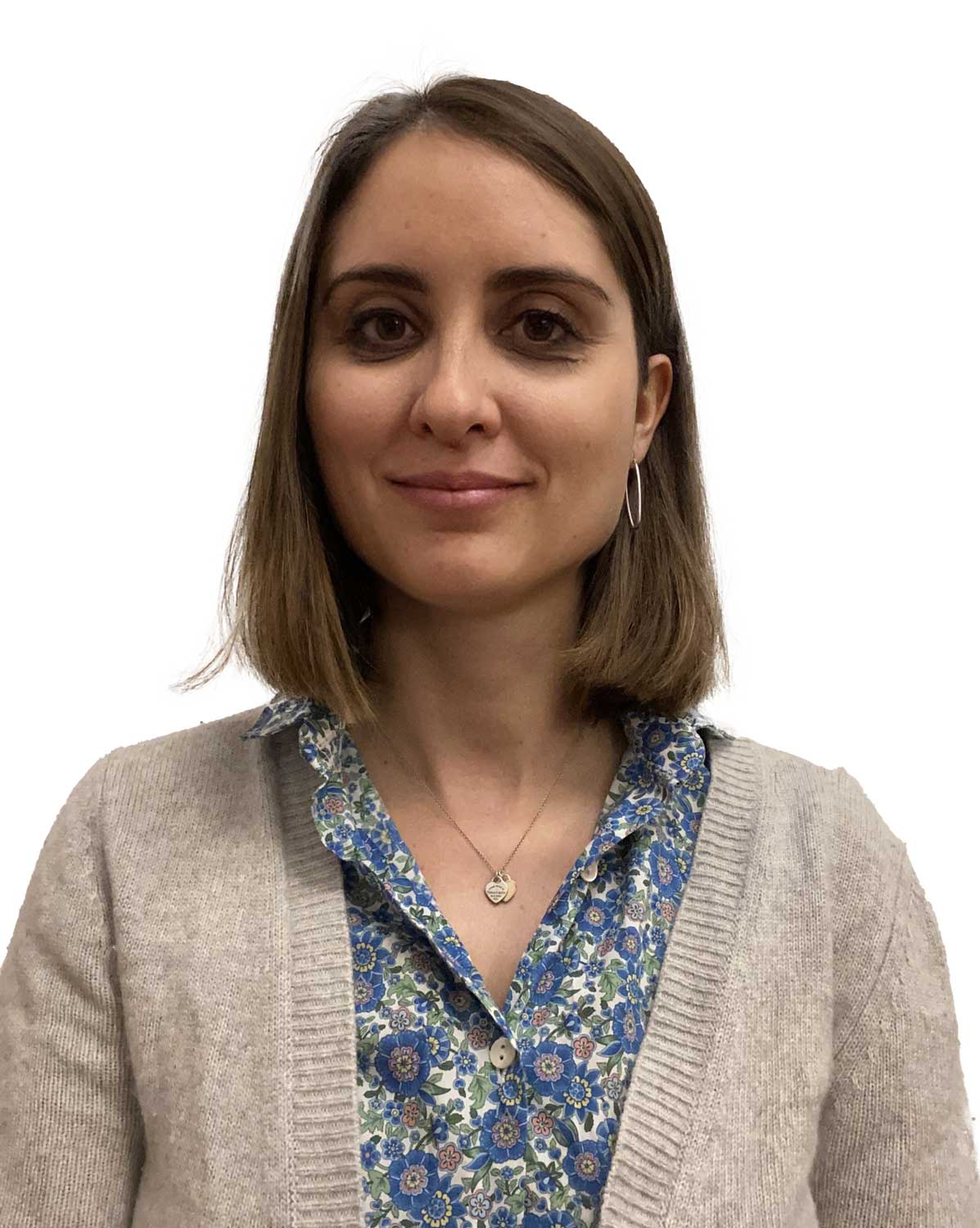
Margherita Orsero, Post-doc fellow
Research Unit: Università degli Studi di Napoli Federico II
Stefanie Paulmichl received her Ph.D. from the Università di Trento in 2018. Her dissertation analysed mural paintings located in the Tyrolean area that are datable to a chronological span between the end of the 14th century and the first half of the 15th century. During her Ph.D., Stefanie held a visiting fellowship at the University of Ljubljana (Filozofska Fakulteta). She worked within the framework of the research program entitled Cultural Exchange at and Beyond the Crossroads of the Venetian Republic and the Holy Roman Empire. Following her studies, Stefanie held a Postdoctoral Fellowship at the Università di Trento, taking up the study of the cult and iconography of St. Anne in the Tyrolean area. Her research interests focus on medieval artistic culture in the area between Italy and the European German-speaking countries; cultural transfer between these territories, i.e., the border dynamics of the circulation of ideas, artists and artefacts; and iconography.
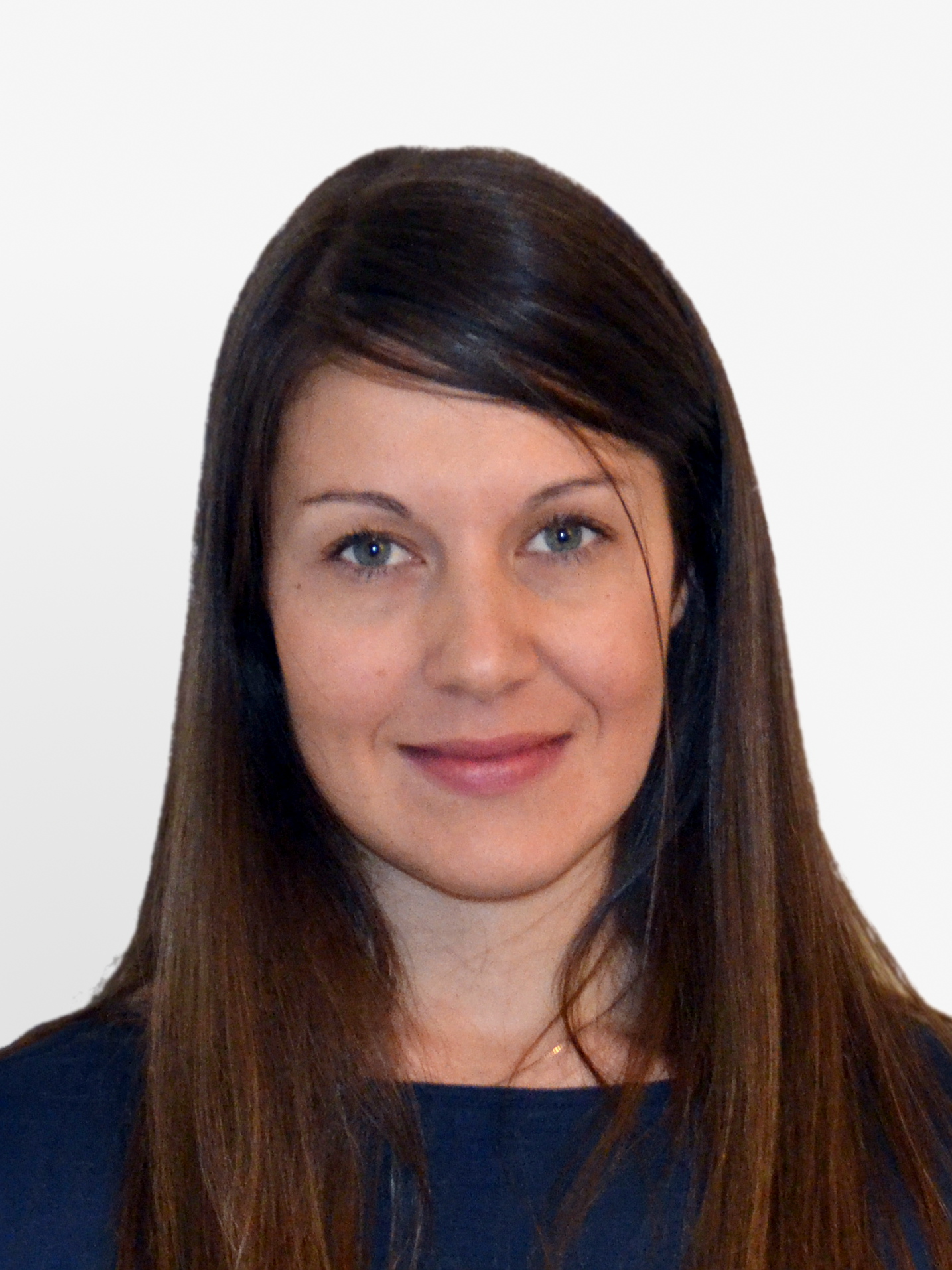
Stefanie Paulmichl, Post-doc fellow
Research Unit: Università degli Studi di Trento
Giulia Pollini is a Research Fellow of Medieval Art History in the Department of Architecture at the University of Naples “Federico II”. In 2020 she defended her Ph.D. thesis at the “Sapienza” University of Rome, with a dissertation on Sculpture and Bauplastik in the Apulian fiefdom of the del Balzo Orsini family (14th-15th century), supervised by Marina Righetti and Anna Maria D’Achille. Thanks to her thesis, she won the “Sapienza Research Call 2018”. Since 2021, she has been part of the editorial staff of the journal “Arte medievale”. She has worked in the field of Digital Humanities, with internships at the Catalogue Office of the Soprintendenza Capitolina and at the Manuscripts Department of the Biblioteca Nazionale Centrale in Rome. She has also dealt with the application of new technologies to Art History, working at the Regional Centre of Advanced Technologies and Materials of the “Palacky” University of Olomouc (Czech Republic), with a multidisciplinary project on the analysis of polychromy on medieval sculptures. Her work mainly focuses on late Gothic sculpture in Salento, its polychromy and its restoration in the 19th and 20th centuries. These topics have been the subject of her most recent conference papers and articles in national and international volumes and journals. Within the MemId project she will investigate the re-use of medieval sculpture in Apulia in the Modern Period.

Giulia Pollini, Post-doc fellow
Research Unit: Università degli Studi di Napoli Federico II
Ermanno Bizzarri graduated in Building Engineering-Architecture in 2017 at the University of Naples Federico II and subsequently obtained the professional habilitations for both fields. He is currently a Ph.D. student in the History of Architecture (XXXV cycle) in the Department of Architecture-DiARC, also at the University of Naples “Federico II”. His main research interests are Italian social housing during the mid-twentieth century, questions relating to the change and preservation of the landscape, and the relationship between new contemporary designs and old pre-existing traditions. He actively participates in both national and international conferences, has published his work in scientific publications, and regularly gives both lectures and seminars on these topics. Within the MemId project, he has been investigating the re-use of medieval sculpture on the Amalfi and Sorrento Coasts.
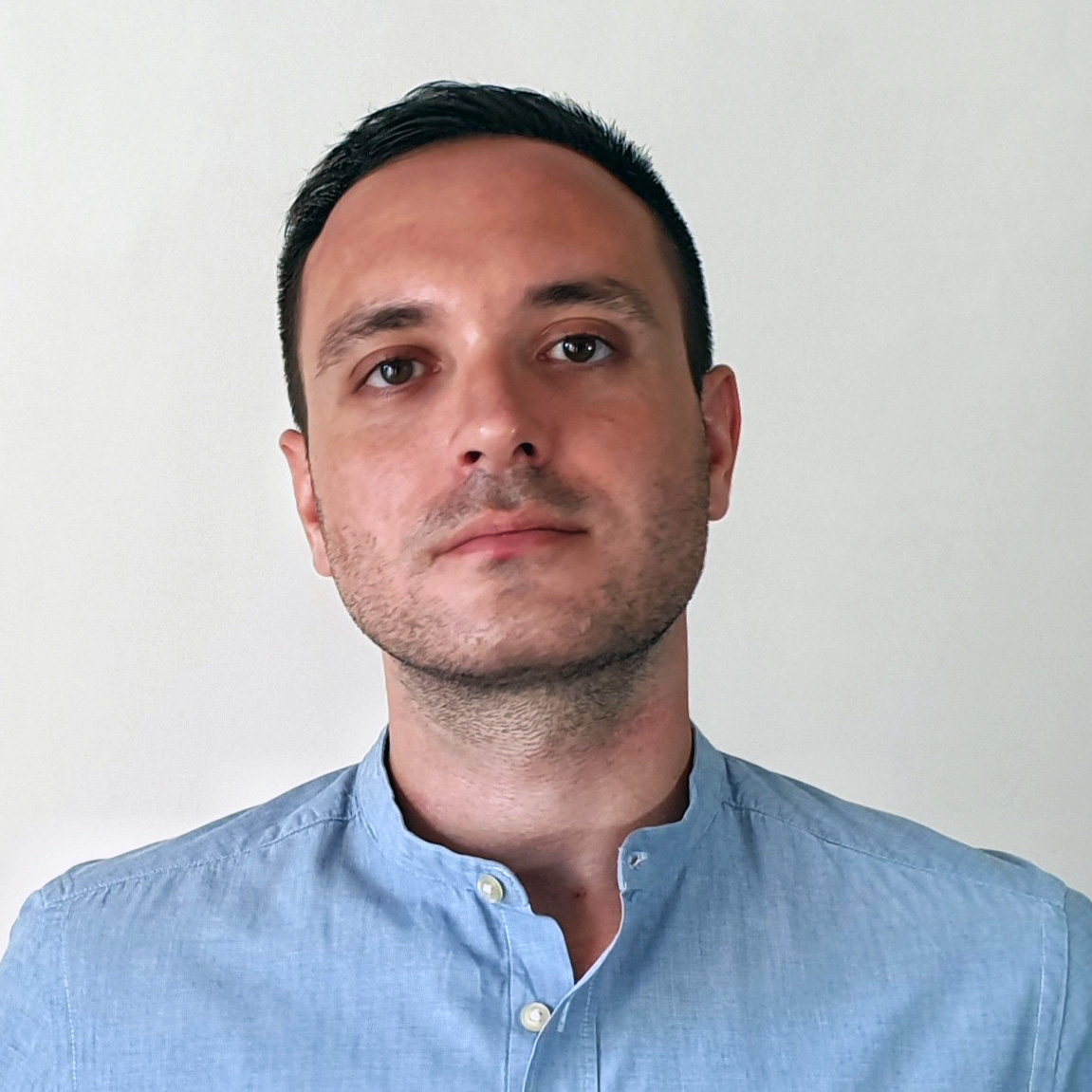
Ermanno Bizzarri, Fellow
Research Unit: Università degli Studi di Napoli Federico II
Having graduated in architectural design from the University of Naples “Federico II”, Francesco carried out his post-graduate studies in Design for the Built Environment. Throughout his studies he has developed an interest in the technologies and the digital tools that are used in the worlds of Architecture, Cultural Heritage and Art.His work as an architect and 3D practitioner focuses on these three fields and the study of them. It incorporates everything from understanding shapes, geometries, and the material complexities that compose physical phenomena to producing digital versions of said and the context of the objects. This research is based on the skills developed in surveying, photogrammetry, geometry, 3D NURBS, polygonal and parametric modeling, as well as photorealistic rendering, which are best applied in the ICP pipeline.
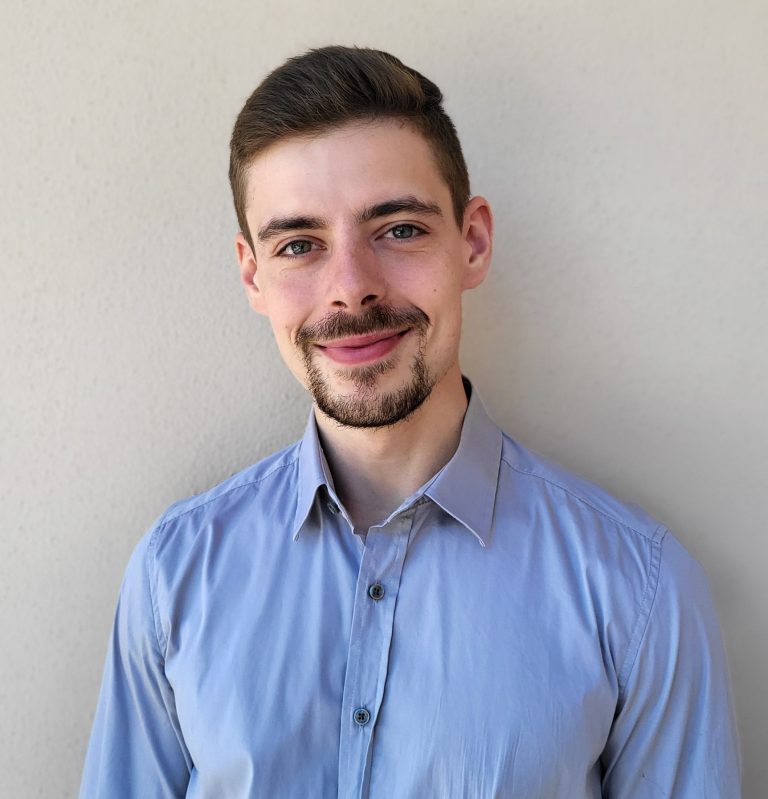
Francesco Flore, Fellow
Research Unit: Università degli studi di Napoli Federico II
Angelica Rossetto graduated cum laude in Architecture, with a thesis on urban restoration that combined both historical reconstruction and design processes, and focussed on urban transformation in the historic centre of Rome damaged by the Fascist period evictions, which destroyed part of the historic fabric of the city. During her university studies she also attended a number of extra courses on Palladian Architecture and the Baroque period, focusing particularly on Borromini and Bernini. She is currently attending the School of Specialisation in Architectural and Landscape Heritage and has started a professional path within engineering studies first in Venice and subsequently in Rome.
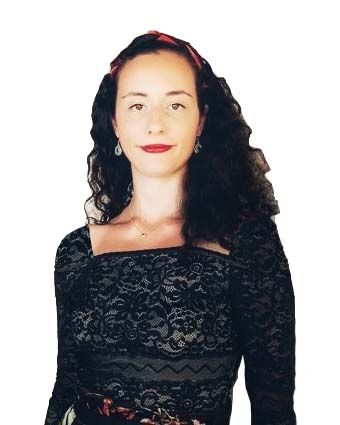
Angelica Rossetto, Fellow
Research Unit: Università degli studi di Napoli Federico II
Carolina Spiezia graduated with honours in Design for the Built Environment at the University of Naples “Federico II”. Within the same University she has been Associate Lecturer in the course of Integrated Class of Visual Expression - Advanced Representation Tecnique in the Master’s Degree course in Design, for the academic year 2020-21. She has been awarded a scholarship for the development of a dissemination path in augmented reality of sixteen masterpieces of the Archaeological Museum of Naples. She deals with graphics, brand identity and content, in particular relating to the world of art. She is currently attending a second level Master’s Degree in communication for cultural heritage
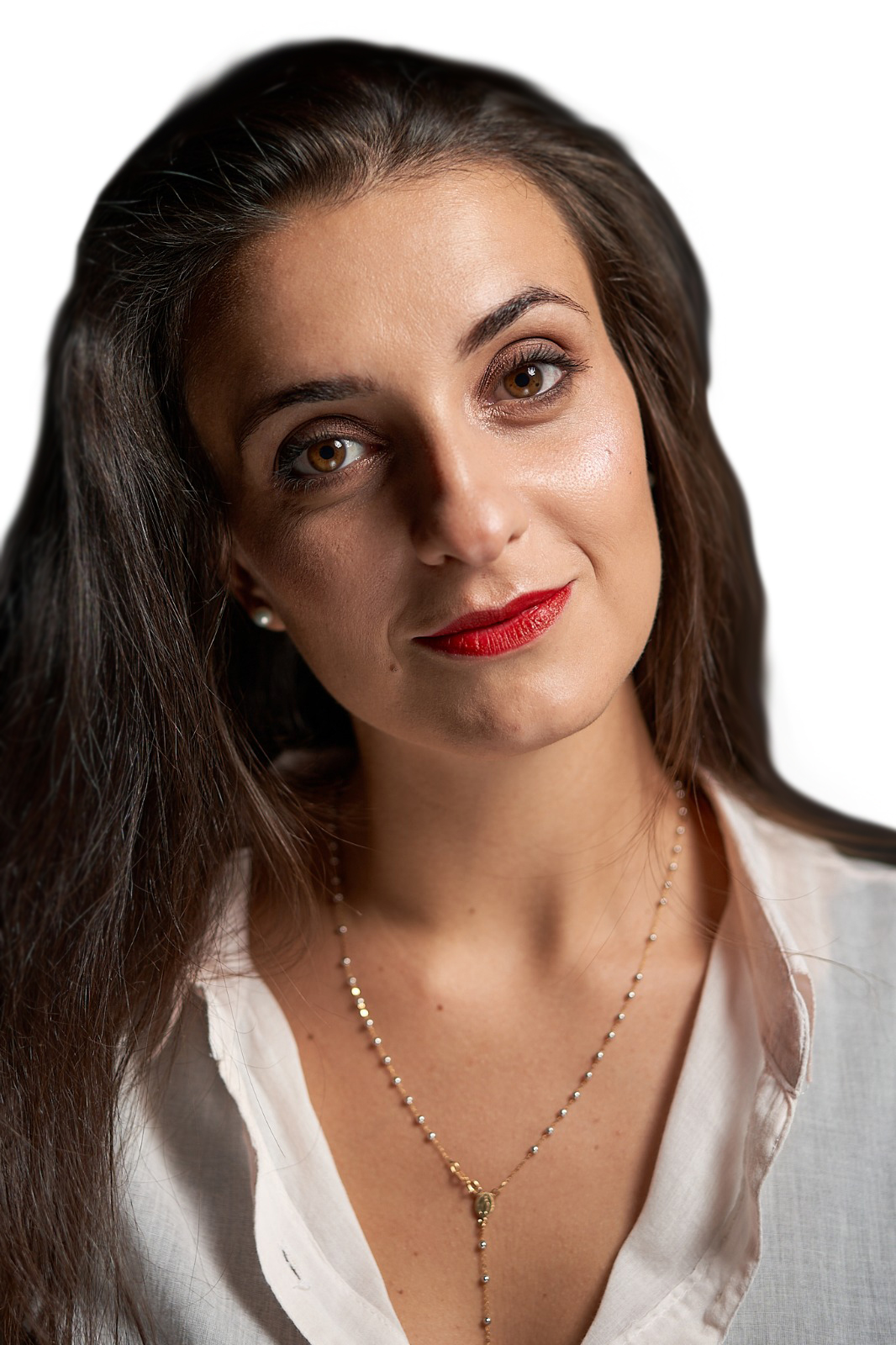
Carolina Spiezia, Fellow
Research Unit: Università degli studi di Napoli Federico II
Maria Pia Testa graduated in Architecture from the University of Naples “Federico II” (2018) and subsequently obtained a postgraduate degree in Architectural and Landscape Heritage (2021). She is currently a PhD student in Architectural and Landscape Heritage at the Department of Architecture and Design of the Polytechnic University of Turin. Her areas of research focus on issues of heritage conservation and protection, with a particular interest in historical centres and landscape. From 2021 to 2022 she collaborated on the digitisation and cataloguing of the Roberto Pane Photographic Archive, consolidating her interest in the theme of the relationship between photography and architecture, cities and landscape. Within the Memid project, she has worked on identifying the reuse of ancient and medieval sculptures in the landscape and towns of the Amalfi and Sorrento coasts through the photographs of the Roberto Pane Archive.

Maria Pia Testa, Fellow
Research Unit: Università degli studi di Napoli Federico II
